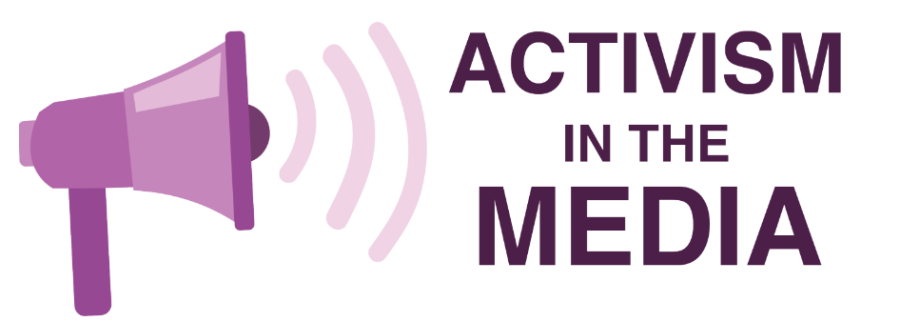Protesting takes a new form through the internet: hashtags replace billboards
BLOT GRAPHICS BY Z. SABRINA LIDING, CINDY LIN, and JANELL GUI
Survey of 54 CHS students from Dec. 6 to Dec. 16.
January 20, 2023
With constantly developing social media and the ability to post information seconds after it occurs, people are more inclined to learn about various protests that occur throughout the world through the use of the internet. Not only can the internet inform outsiders about a cause, but it can also act as an escape outlet for those being affected.
With a generation more adapted to technology, social media and the internet has become a predominant way to advocate for various causes in the world.
“I think that the internet has made protesting way more accessible for younger people who maybe don’t have as much freedom and independence as they would like,” said sophomore Christie DeNicola of Tinton Falls. “It has given them an outlet to share their opinions and spread so much information to so many different people.”
The #BlackOutTuesday movement, in regards to the Black Lives Matter protests of 2020 and the killing of George Floyd, exemplifies how protesting can also take the form of online content. A video of Floyd’s murder had surfaced on social media and activists flooded the streets of Minneapolis to protest in person, as well as on the internet with over 14.6 million posts being made on Instagra with the hashtag #BlackOutTuesday, as reported by CNBC.
According to CBS News, countries across the globe had some of the largest Black Lives Matter protests in their history, all inspired by the video of Floyd’s brutal death in police custody.
The internet has also aided the people of China in protesting the three year long COVID-19 restrictions their government put into place. Citizens have been under strict COVID-19 restrictions since late 2019, and many people have taken to the streets and to their electronic devices to live their normal lives once again.
According to Foreign Policy News, protest organizers are using social media platforms to coordinate their efforts in small groups by posting protest information, such as where other activists are meeting.
The internet has benefited multiple countries in spreading awareness of certain causes – however, it has also increased the spread of misinformation.
According to Statista, 43% of the United States population rely on social media and the internet as a news outlet, causing a high risk of misinformation pertaining to protests being spread.
Junior Julia Grau of Millstone Township shares her thoughts on how the internet has changed protesting.
“I feel like the internet has made it a lot easier to spread a message,” Grau said. “I also feel like it allows opinions and ideas to spread so much more easily.”




